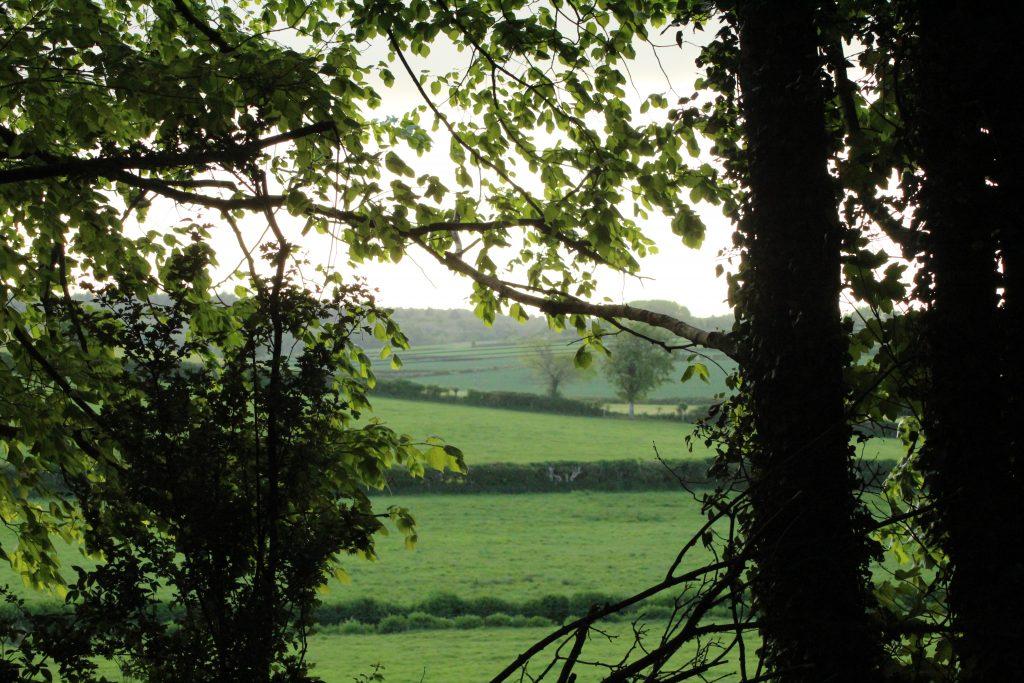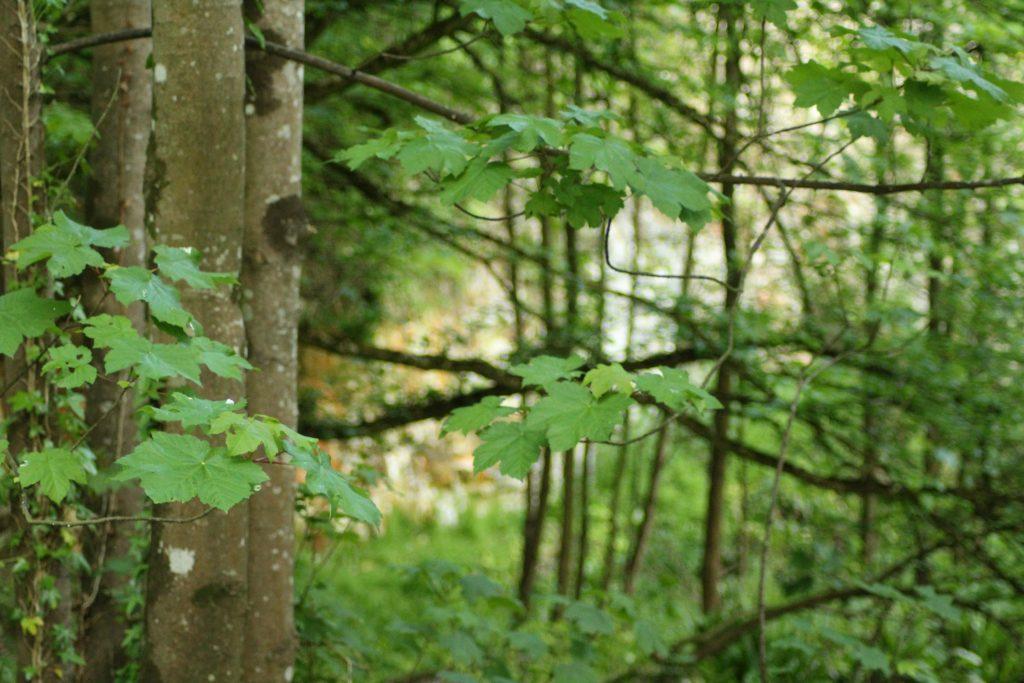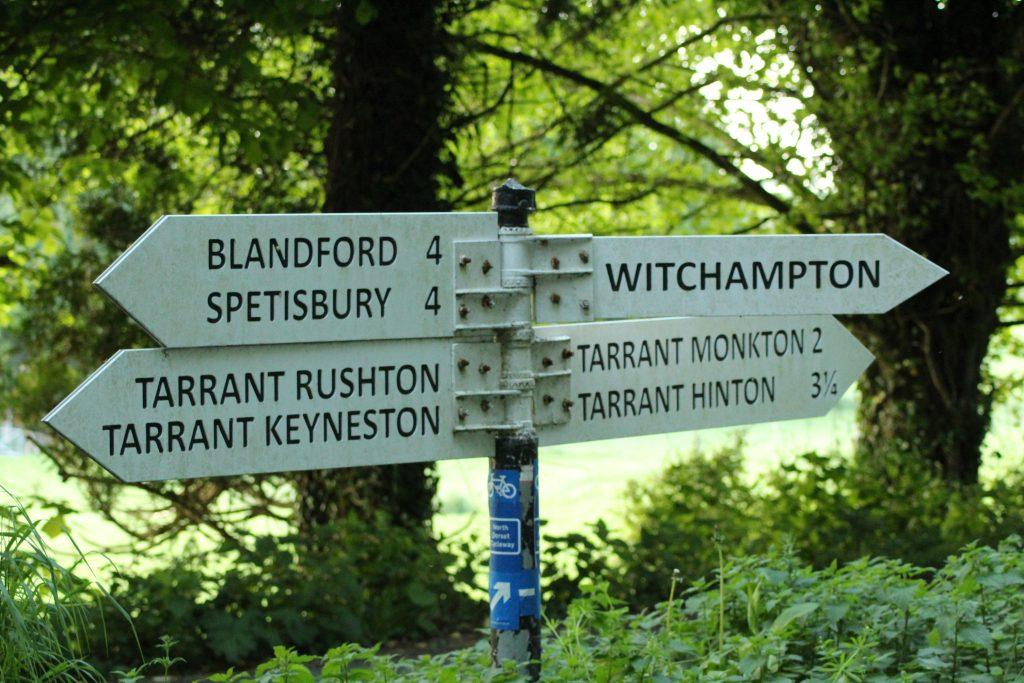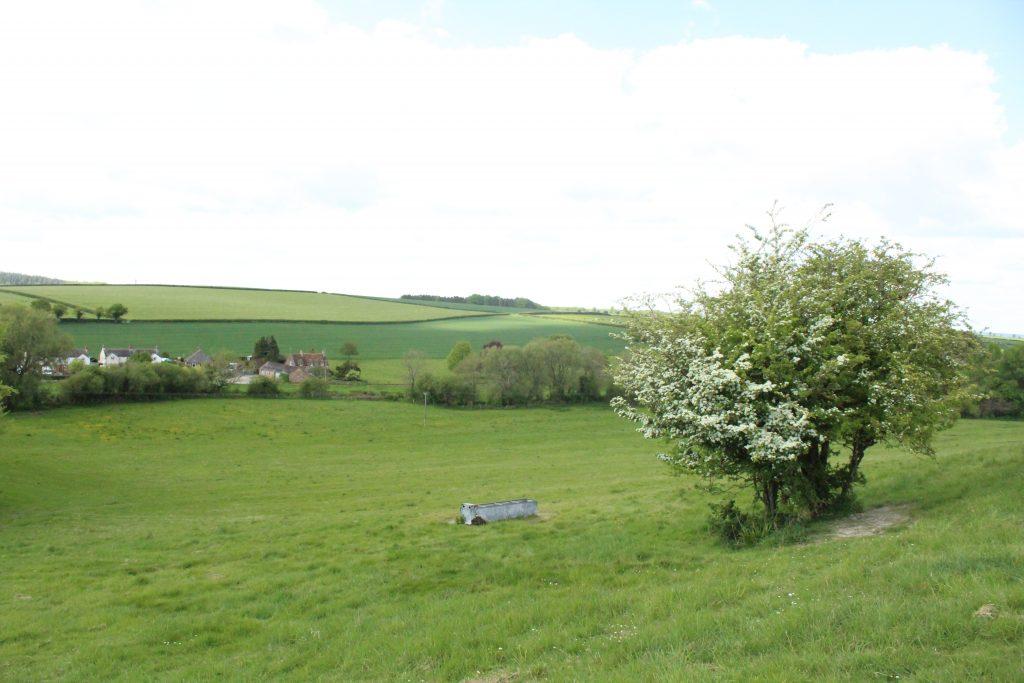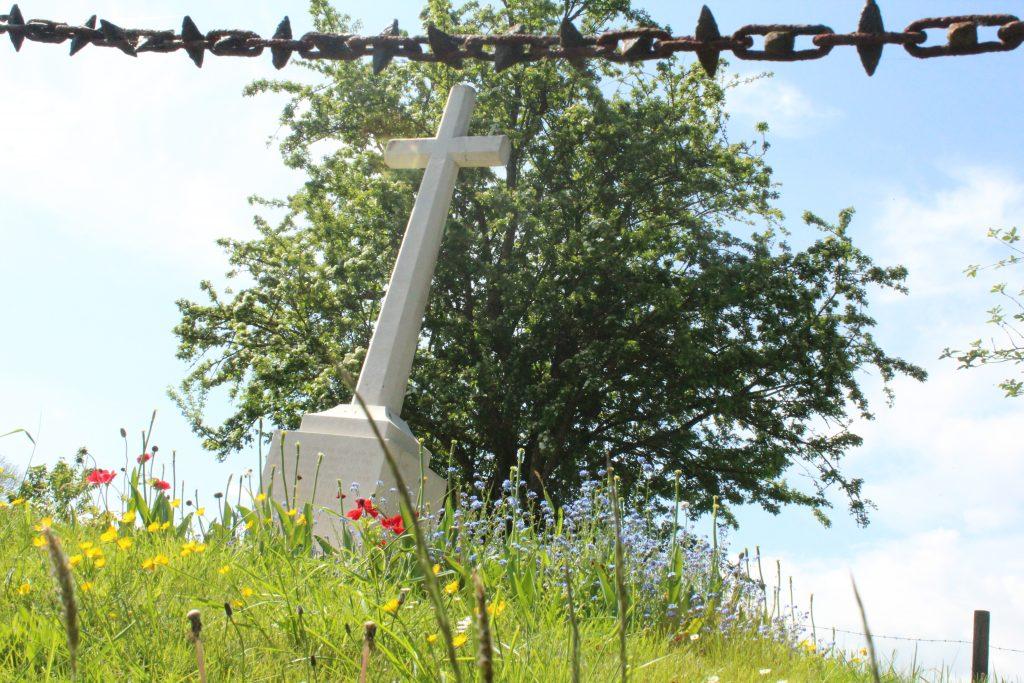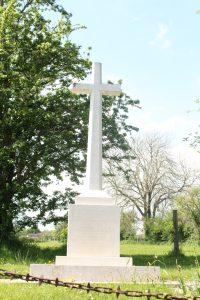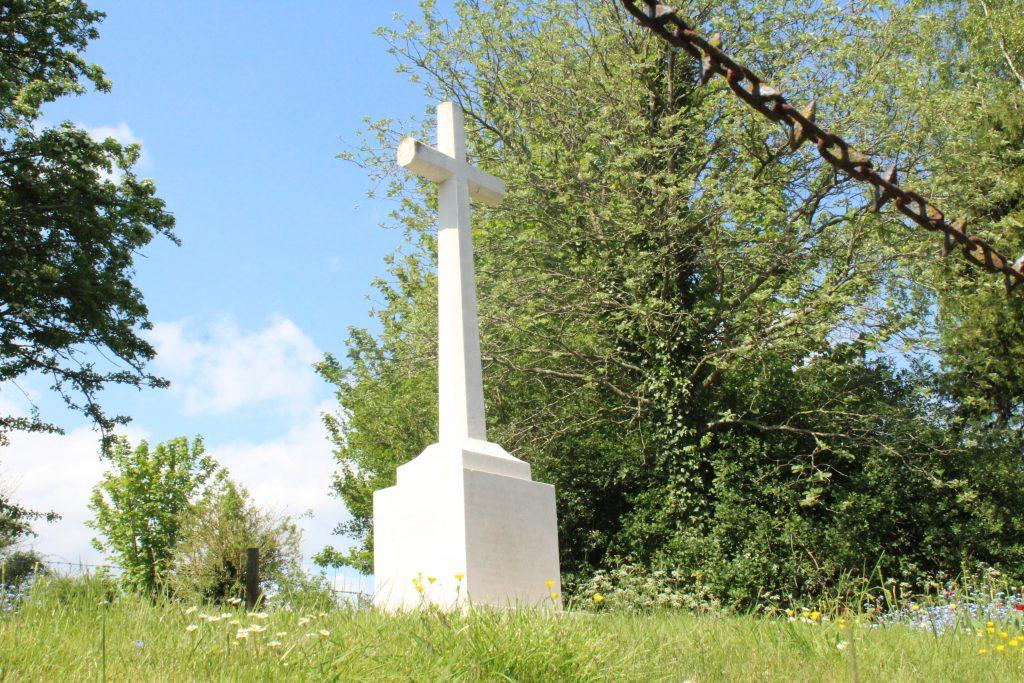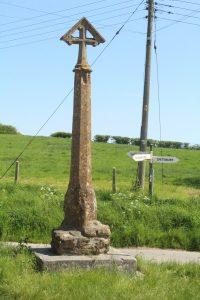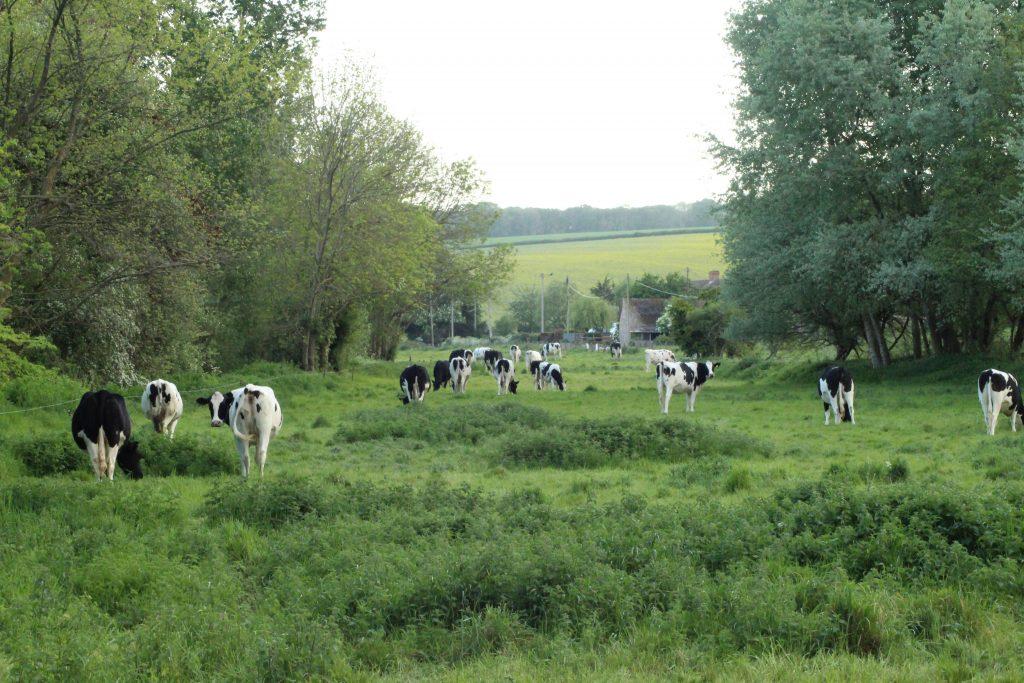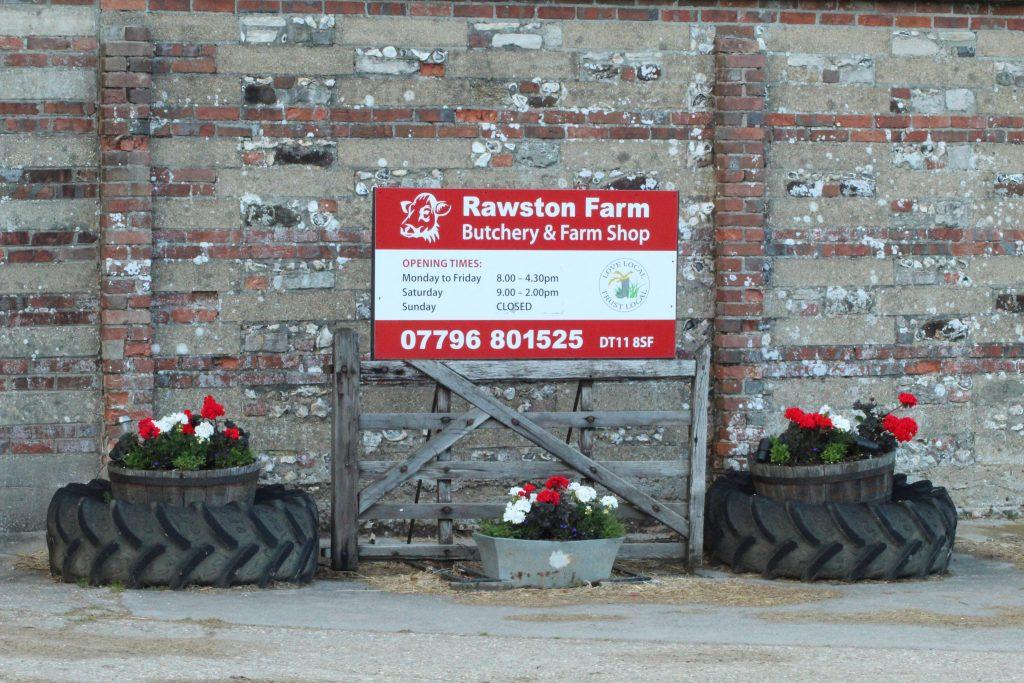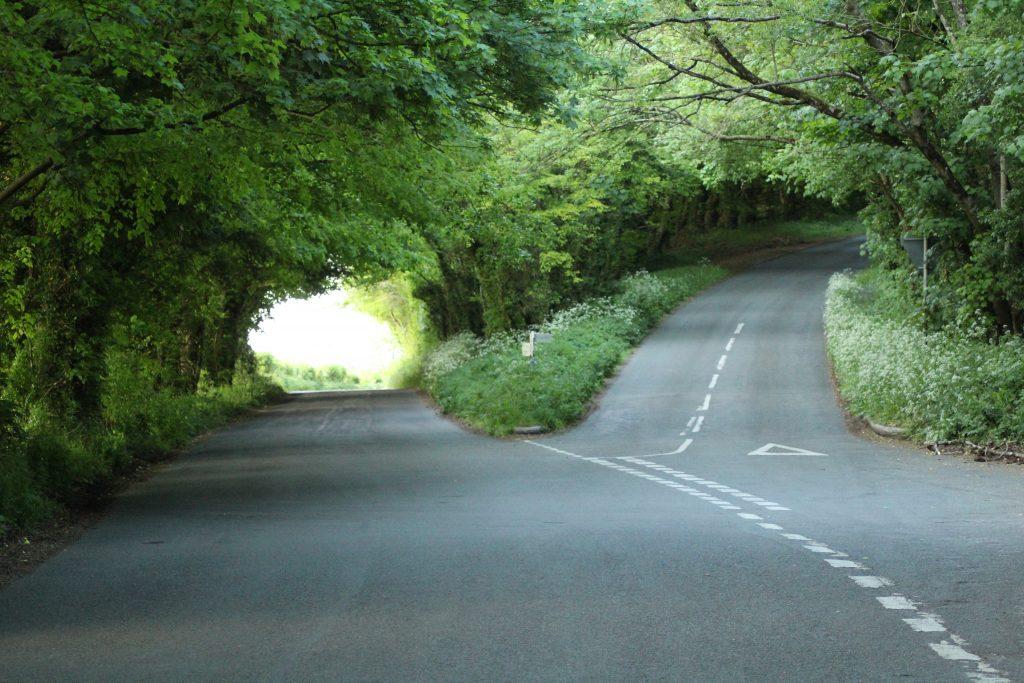Heritage of the Villages
Village Heritage Information
TARRANT KEYNESTON HERITAGE
Tarrant Keyneston is one of the eight villages connected by the River Tarrant running through this undulating North Dorset valley. While it’s picturesque though, the name ‘Tarrant’ means “invasive” or “liable to flood”!
The first reference to the village is in the Domesday Book of 1086 and shown as “Tarrant Kayneston”. The second part of its name is derived from Ralph de Caineto who came over with William the Conqueror. It was known as an estate on the river Tarrant held by the Cahaignes family. The eldest son was given the Manor of Tarrant and over time the name changed through “Kaynes” to “Keines”.
He founded a nunnery and this and the mansion are thought to be situated a short distance to the west of the present church. The nunnery was the forerunner of the important Cistercian Abbey at Tarrant Crawford, founded in 1223 by Bishop Poore.
Of the many lives lived in the village, those who tragically lost theirs during The Great War and World War II are remembered and marked by our simple yet elegant Tarrant Keyneston War Memorial. In 2017 it was given Grade II Listed status and added to the National List of Buildings of Special Architectural or Historic Interest. More can be found at:
http://services.historicengland.org.uk/webfiles/GetFiles.aspx?av=B4383AA4-68A7-455F-B381-4A4A1BC22DF8&cn=2C3091AC-968B-4C77-B0E9-6501947E6926
TARRANT CRAWFORD HERITAGE
With only an old farmhouse and its buildings standing anywhere near the church, Crawford is now a tiny place. But the name of the house – Tarrant Abbey – a barn and another farm building nearby which are clearly of medieval origin, are clues to its former greatness.
The present village, or rather hamlet, of Tarrant Crawford with its views over to the River Stour, lies about half a mile away from the church, to the south. There is evidence this was already there by the 15th century and that it was once considerably larger. It’s even possible it was deliberately moved away from the proximity of the abbey at some time in the Middle Ages for reasons which may never be known.
The Cistercian nunnery of Tarrant Kaines, commonly said to be of the foundation of Richard le Poor of Salisbury, owed its early origin to the ‘ancient and renowned familie of Keines,’ a member of which—Ralph de Kahaynes—according to Coker, ‘in Richard the first’s time built neare his mansion house a little monasterie for nunnes which his son William de Kahaynes much encreased.’ The long list of abbesses of Tarrant Kaines dates back to 1228.
Find out more information about Tarrant Crawford’s history on the following link:
https://www.british-history.ac.uk/vch/dorset/vol2/pp87-90#h3-0002
TARRANT RAWSTON HERITAGE
Lives have been lived in Tarrant Rawston for over 2000 years.
Evidence of them can be found with a settlement site of Iron Age or Romano-British date and the Roman Road to Bath from Badbury Rings crossing the east end of the Parish.
Ancestors of the Parish lay within several remains of barrows. Of four barrows found on Rawston Down in the west of the parish, excavations yielded three crouched inhumations in one grave.
In more recent times, its heritage can be found in the agriculture of the village and the generations farming it up to the present day.
TARRANT RUSHTON AND HOGSTOCK HERITAGE
Tarrant Rushton can trace its roots back to the Domesday Book in 1086. But what’s in a name?
The ‘Tarrant’ part connected to the river has the meaning “invasive” or “liable to flood”.
And the ‘Rushton’? It seems to have been ‘Russus’ in 1280, ‘Russchewston’ in 1307 and noted as an estate on the River Tarrant held by the de Rusceaus family.
Later on and there were two medieval settlements – Preston Farm and the present village of Tarrant Rushton. The little village we see today has a ribbon scattering of cottage homes along the river, built in a linear uniformity and just above flood level. There may have been more homes but some burnt down prior to 1664.
The continuing connection between village life and its place on the river is perhaps best seen by visiting an area known locally as ‘The Splash’
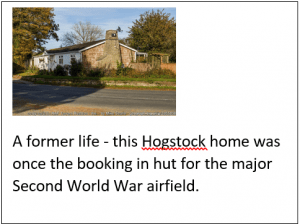 The now peaceful Tarrant Rushton is a very different place to the area people experienced less than a century ago. It may seem hard to believe now but a major airfield was constructed in 1943, in the hamlet of Hogstock and just above the village. It was to play an important role in launching the glider-borne assaults on D Day, Arnham and the Rhine Crossing with numerous individual flights to behind enemy lines
The now peaceful Tarrant Rushton is a very different place to the area people experienced less than a century ago. It may seem hard to believe now but a major airfield was constructed in 1943, in the hamlet of Hogstock and just above the village. It was to play an important role in launching the glider-borne assaults on D Day, Arnham and the Rhine Crossing with numerous individual flights to behind enemy lines
After the war it was taken over by Flight Refuelling and finally vacated in 1983. Peace and farmland has returned to the area, although evidence remains of the airfield and its buildings as ghosts of its past.
For further information about Tarrant Rushton, Hogstock and its wartime airfield, click on the following links:
Tarrant Rushton Airfield of Britain Conservation Trust
https://www.abct.org.uk/airfields/airfield-finder/tarrant-rushton/
RAF Tarrant Rushton – Wikipedia with links
Tarrant Rushton – Wikipedia
https://en.wikipedia.org/wiki/Tarrant_Rushton
